
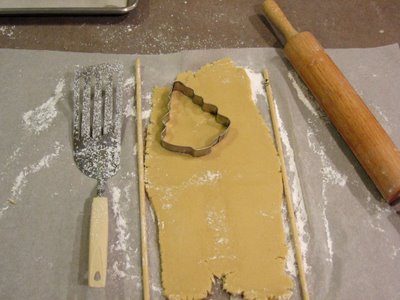



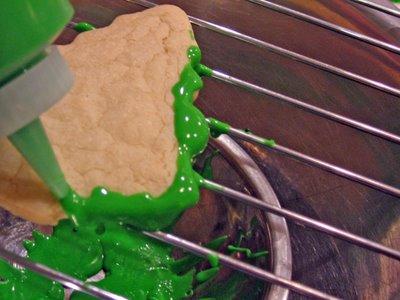



An exchange of ideas and inspiration for professionals, amateurs, enthusiasts, hobbyists, full and part time chefs.
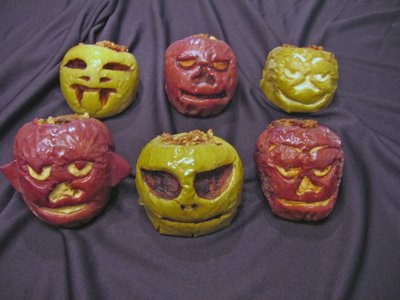



As soon as the weather starts to warm up, it’s time for Barbeque in my mind. I thought I knew all about BBQ until I moved to
2. Rub it
3. Smoke it
4. Rest it
5. Pull it
6. Sauce it
7. Sign Autographs
Brine it: Bring 1 Quart of water to a simmer in a sauce pan, and then stir in 1 Cup Sugar and ½ Cup Kosher Salt. Stir until everything is dissolved and remove from heat. Cool to room temperature and add ice to make 1 Gallon. Place 1 to 3 whole Bone In
Rub it: Remove your meat from the brine and pat dry with a paper towel. Rub meat with 1 Tablespoon per pound Prepared Yellow Mustard, then apply your dry rub liberally (see recipe below). Cover with cling film and allow to rest at room temperature while you prepare the smoker.
Smoke it: I use an inexpensive gas smoker (around $55.00), but a Webber kettle style grill, or a gas grill will work as long as you can cook with indirect heat. Indirect heat works best when you set your coals off to one side and place the meat over the “cold” side of the grill. Control your heat using the air adjustments on the top and bottom of your grill. If using gas, you’ll need to turn off one or more of the burners and adjust the heat with the remaining burners. If your gas grill only has one burner, I haven’t found a good alternative.
The goal is 250-275 F at the meat level of the grate. If you are using charcoal you’ll need to add more coals during the long cook, and I highly suggest a charcoal chimney for this. To create the imperative smoke, I use a combination of wood chunks and wood chips soaked in water (or beer) for at least 30 minutes. I use a combination of Applewood and
Rest it: You want the meat falling off the bone or coming apart very easily. Look for an internal temperature of 200F. A bone in Boston Pork Butt will take 10-12 hours but is well worth the wait. If you want to cheat, smoke it for 4 hours and finish in a crock pot on low for another 6-8 hours, but don’t tell anyone I said it was OK. I’ll get thrown out of the ABC (Amateur BBQ Club), if you do.
Now, let your meat rest for 20 minutes before you start pulling.
Pull it: Start by removing the bones, and begin pulling the pork along the grain into about 1-2 inch threads of meat. If it isn’t coming apart really easily, you didn’t cook it long enough so make a note of it for next time. I keep a bowl of ice water next to my cutting board to dip my hands in when they get hot. I discard all of the fat and bones but never the “crust”. This is known in BBQ circles as “Mr. Brown” and the best part. In my photo, it may look burned but it isn’t at all over done. That almost black is a dark caramelized meat mixed with smoke and what elevates a simple pork roast to the heights of real Barbecue.
Sauce it: I serve a variety of sauces with my Cue, but if the meat is right it really doesn’t need any. Check www.parttimechef for sauce recipes. Another tip is to serve your sauce warm. If nothing else, let the sauce come to room temperature over several hours instead of ice cold right out of the fridge. Warming the sauce really enhances the flavor.
If BBQ to your neighbors means burgers and dogs just shy of black with an overpowering flavor of lighter fluid, then give this a try and invite them over. You just might be signing autographs.
Part Time Pork Rub
4 TBL Paprika
1 TBL Kosher or Flake Salt (you may sub “Lawry’s” salt also)
2 TEA Black Pepper
½ TEA Cayenne Pepper
1 TBL Dried Thyme
4 TBL Dark Brown Sugar
2 TEA Dry Mustard
2 TEA Ground Coriander Seed
1 TBL Onion Powder
1 TBL Garlic Powder (not Garlic Salt)




 I know it looks like the site is turning into a cake decorating class, but I've had three birthdays in the last six weeks and I wanted to try my hand at cakes. All of you "Part Time Pastry Chefs" out there, cut me a little slack. The three cakes you see here, are my only serious attempts at the subject and I have a lot to learn. I must say that it has been fun so far and I'll let you learn from my mistakes.
I know it looks like the site is turning into a cake decorating class, but I've had three birthdays in the last six weeks and I wanted to try my hand at cakes. All of you "Part Time Pastry Chefs" out there, cut me a little slack. The three cakes you see here, are my only serious attempts at the subject and I have a lot to learn. I must say that it has been fun so far and I'll let you learn from my mistakes.

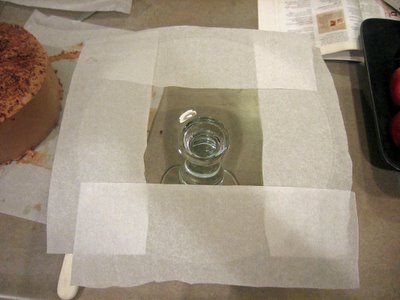 Line the display platter with strips of parchment (or wax) paper.
Line the display platter with strips of parchment (or wax) paper. Use a vegetable peeler to curl chocolate for a garnish.
Use a vegetable peeler to curl chocolate for a garnish.

You don't need a hand hammered, imported wok to make a killer stir fry. Don't get me wrong, a good wok is an essential tool for anyone truly exploring Asian cuisine or any advanced foodie. But if you don't have one, you can still make a meal that is really close if you break out your 12 inch or better cast iron skillet and go about the meal in a little different sequence than in a high temp wok.
If you don't have a cast iron skillet, go buy one. Buy the largest you can find, and follow the instructions on seasoning prior to the first use. The cast iron skillet has to be the most under utilized tool in the average American kitchen. Part time chefs, don't know much about average, do we?

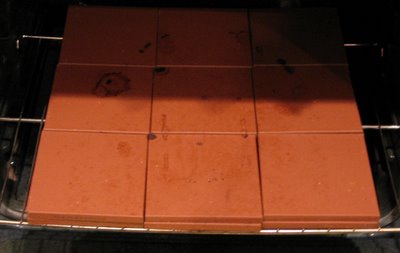



 Pro Tip: #1 Bar Towels
Pro Tip: #1 Bar Towels
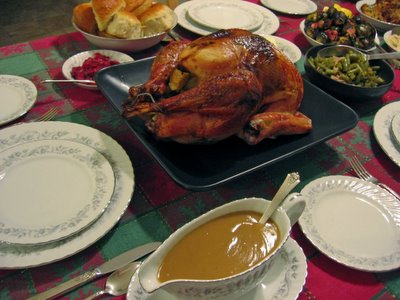 I brined the turkey overnight, then slid a compound butter under the skin. The cavity was stuffed with fresh herbs, a lemon, apple, and onion roughly chopped then heated in the microwave. The last hour I basted the skin with maple syrup to give the bird a sheen and glaze. The menu also included a fresh cranberry sauce, yeast rolls, green beans, roasted brussels sprouts with balsamic vinegar, cornbread sausage and apple dressing, whipped potatoes, and pan gravy.
I brined the turkey overnight, then slid a compound butter under the skin. The cavity was stuffed with fresh herbs, a lemon, apple, and onion roughly chopped then heated in the microwave. The last hour I basted the skin with maple syrup to give the bird a sheen and glaze. The menu also included a fresh cranberry sauce, yeast rolls, green beans, roasted brussels sprouts with balsamic vinegar, cornbread sausage and apple dressing, whipped potatoes, and pan gravy.
